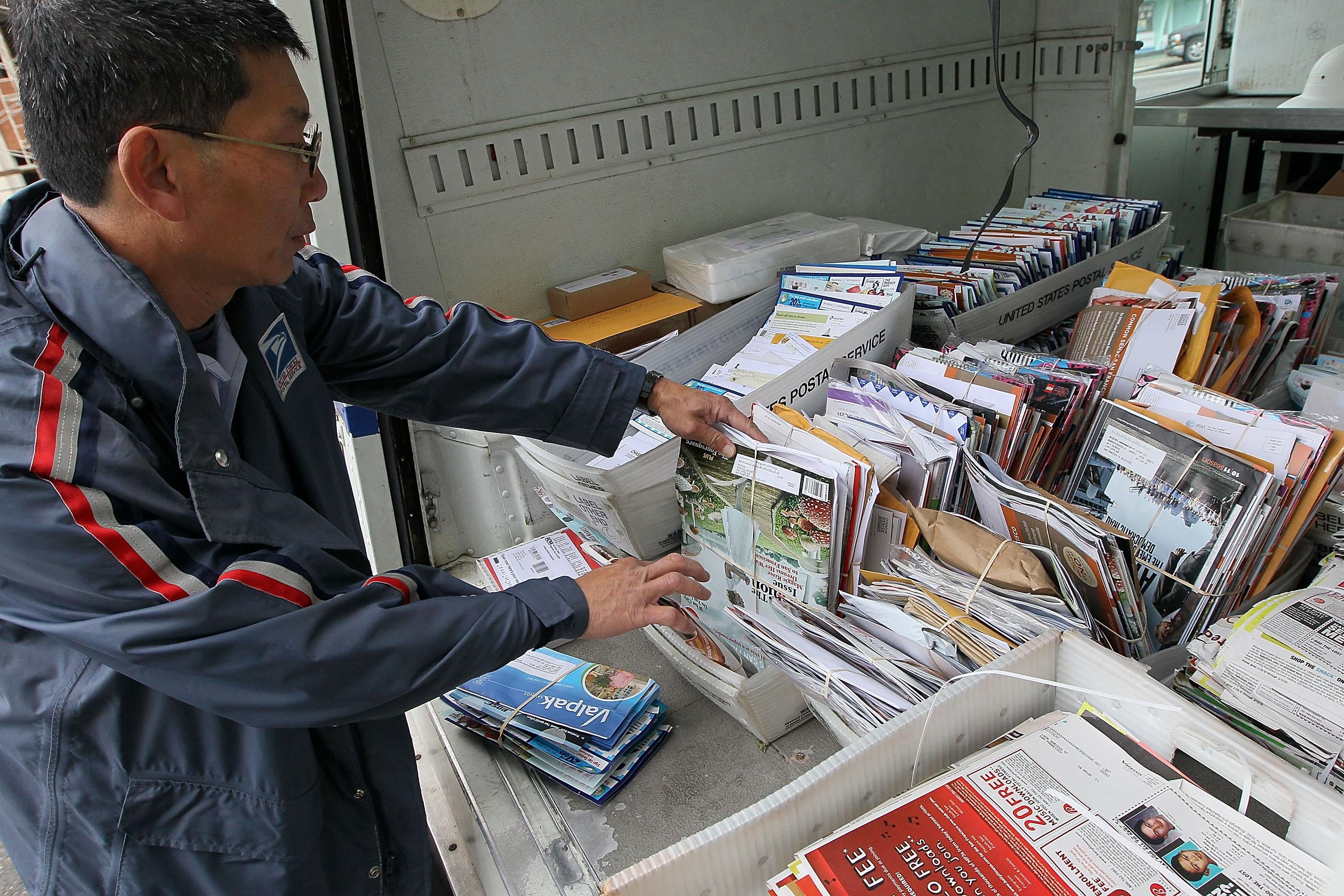Remember snail mail? A brief reminder: It’s like an email only it’s handwritten and takes days to reach its destination. In a post-Snowden world, most people are aware that the government—any government—is pretty interested in emails. They’re not that into you, just your metadata, so the theory goes. In national security-speak, governments like to call the words that we use to make up the sentences we write that are then sent to people we know via electronic mail—data. We used to call data, you know, postcards, and thank you notes, but times have changed. Or have they?
A buried internal audit by the United States Postal Service popped up in the New York Times on Tuesday, showing the USPS approved a whopping 50,000 requests to secretly monitor Americans’ mail last year alone. The justification for the surveillance effort was familiar one—the data was needed to aid criminal and national security investigations. Even more unsurprising is the audit showed “the surveillance program is more extensive than previously disclosed and that oversight protecting Americans from potential abuses is lax,” the Times reports. “The audit, which was reported on earlier by Politico, found that in many cases the Postal Service approved requests to monitor an individual’s mail without adequately describing the reason or having proper written authorization.”
Here’s more from the Times:
The surveillance program, officially called mail covers, is more than a century old, but is still considered a powerful investigative tool. At the request of state or federal law enforcement agencies or the Postal Inspection Service, postal workers record names, return addresses and any other information from the outside of letters and packages before they are delivered to a person’s home. Law enforcement officials say this deceptively old-fashioned method of collecting data provides a wealth of information about the businesses and associates of their targets, and can lead to bank and property records and even accomplices. (Opening the mail requires a warrant.)
The Postal Service also uses a program called Mail Imaging, in which its computers photograph the exterior of every piece of paper mail sent in the United States. The program’s primary purpose is to process the mail, but in some cases it is also used as a surveillance system that allows law enforcement agencies to request stored images of mail sent to and received by people they are investigating.
